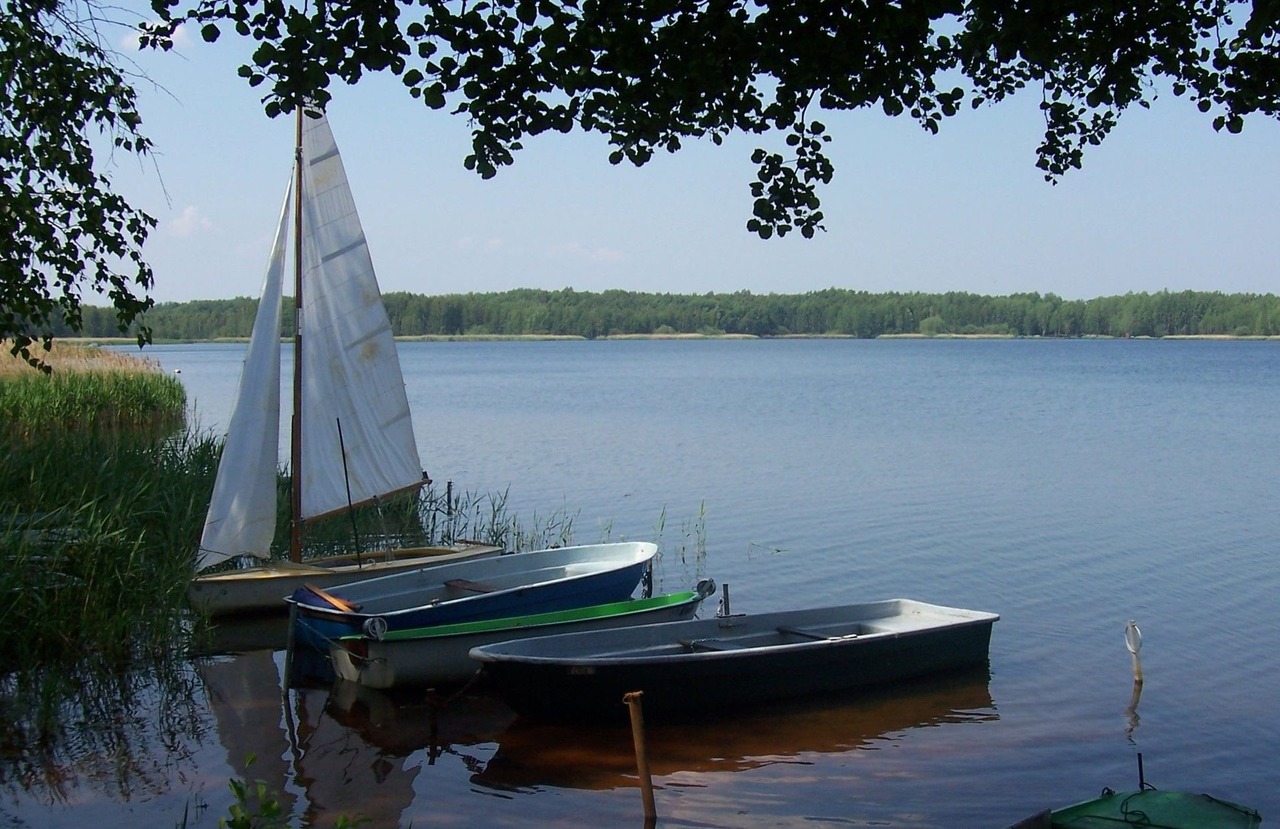Silbersee is set in beautiful landscape between the Lusatian Lake District and the Oberlausitzer Heide- und Teichlandschaft (Upper Lusatian Heath and Pond Landscape, a UNESCO Biosphere Reserve). The lake, which covers nearly half a square mile (1.2 km2), has its origins in the former Werminghoff II opencast mine. Here, from 1933 to 1960, around 53 million metric tons of coal were mined and processed in the Werminghoff briquette factory. Today, the industrial monument is home to a rewarding museum: the Energiefabrik Knappenrode. The Sorbian villages Neida and Neu-Lohsa with their 150 inhabitants had to give way for the open-cast mining. In the 1970s, the open pit was flooded. The lake received its romantic name and was developed as a local recreational area.
A camping park offers ideal leisure and relaxation conditions for permanent and short-term campers. The lake shore boasts an extensive sandy beach with a children’s playground as well as a volleyball and basketball court. The beach volleyball tournaments that have been held for many years now have become quite a tradition.
Starting from Silbersee, excursions to the neighbouring village of Friedersdorf with its educational geology trail containing 80 erratic boulders from the Lusatian opencast mines, and the nature reserve station of the Oberlausitzer Heide- und Teichlandschaft (Upper Lusatian Heath and Pond Landscape, a UNESCO Biosphere Reserve) are highly recommended.
In the neighbouring village of Mortka, the medieval-style castle of Jakubzburg towers over the landscape. A cultural-touristic new building with a fascinating charisma and an interesting programme of events.

